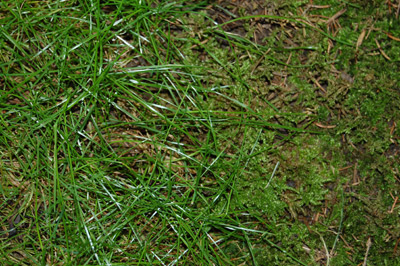Your Mossy Lawn
|
Your lawn is a complex organism. Some of you may look out to a homogenous green carpet; others may see a patchwork of grasses (of varying kinds), chickweed, dandelions, and of course, in those shady, damp areas, moss. Now moss is a funny thing. It is one of the oldest forms of greenery on Earth and as such, has adapted to an amazing variety of conditions. The inspiration for this blog actually comes from a study performed by Catherine La Farge at the University of Alberta. I know mosses are hardy, but her study has completely changed my views on these unbelievable organisms. In the study, La Farge and her team visited Ellesmere Island in Nunavut where they found patches of brown moss. A few samples of the “dead” moss was collected and brought back to the lab in Alberta where the basic necessities of plant life (nutrients, water, and light) were provided. Amazingly, four different species of moss grew from seven of the twenty-four samples. Of course there’s more and if you’re interested, you should definitely check it out (at least the short version available to the public). So what about the moss in your lawn? If mosses can survive Nunavut winters and glacial retreats, how are you supposed to rid it from your lawn? Caring for Your Lawn Some of your lawn care practices might actually be promoting the growth of moss. The following lawn care techniques may help to reduce your chances of moss taking over:
August is lawn repair month: cooler nights and shorter days are perfect for new seed to really take off just in time to go dormant for the winter and return with vigour in the spring. |




